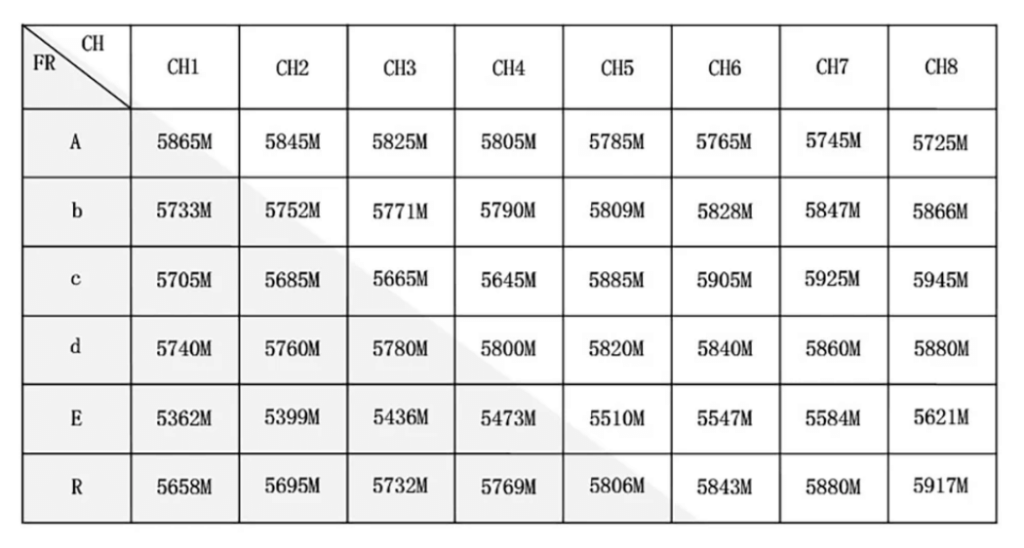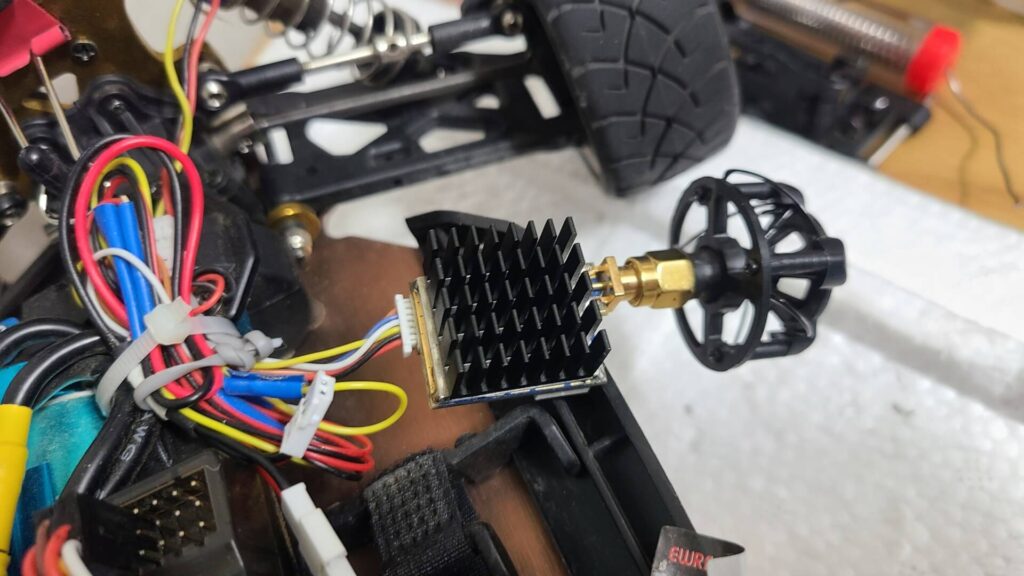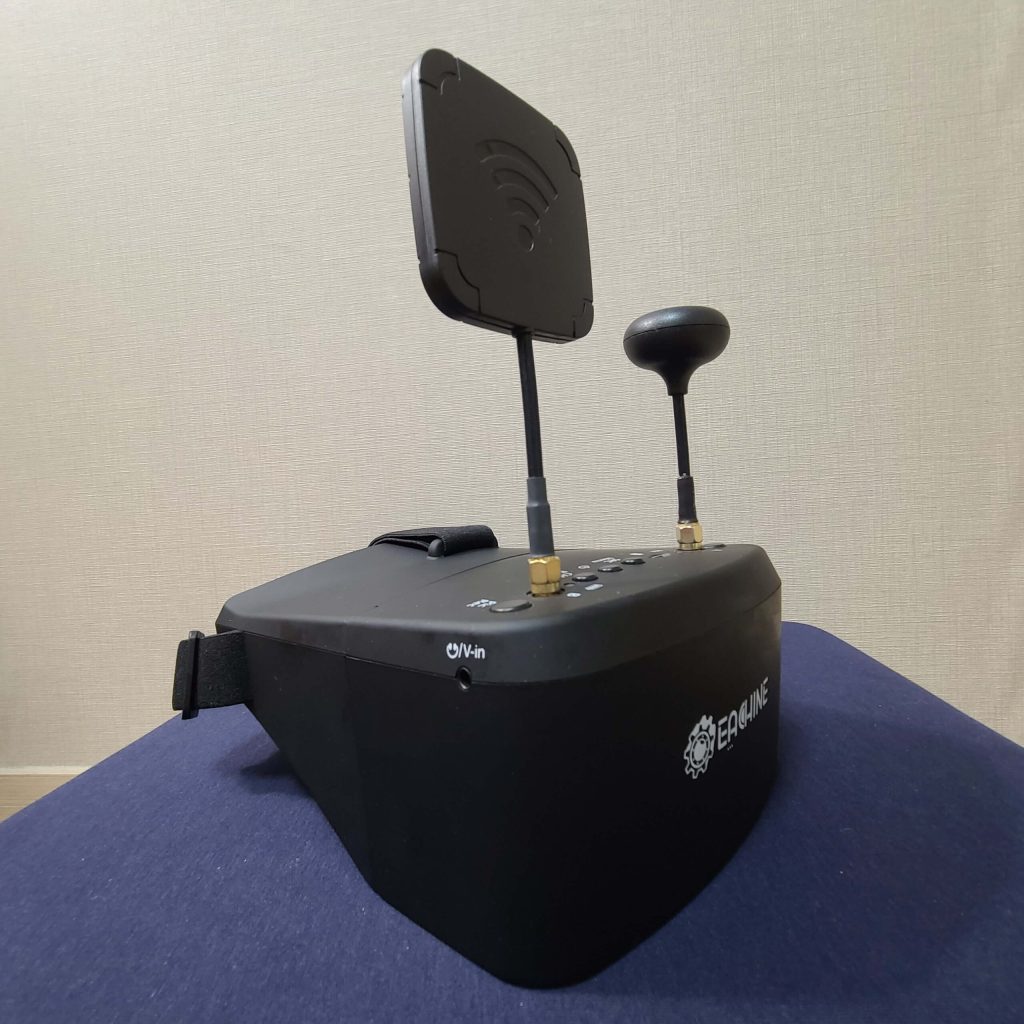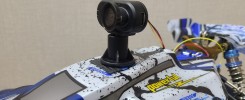We have been widely introduced to analog video transmitters (VTX) thanks to the advent of the drone revolution. For flying RC vehicles, a simple transmission can be picked up from miles away, but sadly, this case isn’t the same for ground RC vehicles. This is due to the ground reflection effect and multipath interference plus poor line of sight thanks to ground objects like trees and buildings. But there are still ways to maximize the distance of your transmission to attain better video signals.
Choose Higher Transmission Power Output
The obvious way is to increase the transmission power level. Typically, FPV video transmitters are classified into different milliwatt (mW) power outputs. There are transmitters such as the Eachine TX02 that broadcasts at 200mW and the TS5823 unit with 600mW. Obviously, the bigger the miliwatt the farther you can receive the signal. There are even longer-range VTXs such as the 2W EWRF transmitter or the RushFPV Max Solo that offers 2.5W transmission output.
But do note that power output is not the be-all-end-all option because there are also other factors at play which we discussed further in this article. And the range is not directly proportional to the output level. This means if you can receive a signal from 200m away with 200mW transmitter, don’t assume you could go as far as 400m if you use a 400mW output. Some say to double the range, you need to increase the output by 4 times.
Use Lower Frequency Band
The lower frequency could propagate farther compared to the higher frequency. To prove this fact, if you have an AM radio, you can pick up AM radio stations (above 1MHz) from hundreds of miles away compared to FM radio (above 100MHz) which uses higher frequency. Ultra-low frequencies are also used by animals, such as elephants, to communicate between themselves across vast distances.

Use FPV Goggles With Diversity Feature
Most newer FPV headsets should include this smart diversity feature that automatically selects the best receivers from its two. That is why you often see two different antennas protruding from a pair of goggles. A circular or clover antenna can receive signals from every direction (omnidirectional) while a directional antenna, such as a patch or helical antenna, is better at receiving signals from one direction only.
In diversity mode, when the headset senses a stronger signal in front of it, it will switch to the receiver with the directional antenna while switching to the omnidirectional antenna if it thinks the moving RC object is around or behind you.
So the diversity function helps to ensure you’re always getting the best signal that you possibly could.
Install a Heatsink
It is a video transmitter’s very nature to emit relatively more amount of heat than other RC components and overheating can cause video distortion. Thus, it is advisable to install a heatsink on your transmitter, especially when it is enclosed within your RC car’s body shell.

Use Omnidirectional Antenna With Directional One
Diversify your antenna use by mixing different types of antenna on your FPV goggles. Even if your headset does not include a diversity mode, it’s good to have the option to switch between two receivers where each has its own capability to receive however weak the signal is thrown at you.

Face Your RC Vehicle
Remember that directional antennas only work well when the signal is coming right in front of you assuming your antenna is facing (perpendicularly for patch antenna) or pointing toward the signal. Therefore, when your RC car moves, you need to move your head to “look” towards it to ensure you’re getting the best reception.
Set Up a Ground Station – Separate Receiver
Drone racers often use a separate hardware system known as a “ground station” to be better at picking up various signals from their speedy drones, particularly video feeds. The justification is that receivers that come with FPV headsets are not the most powerful ones you could get. So, by having a dedicated and more sensitive receiver, you should be better at reading weaker signals from your RC vehicle.
The ground system often comes as a separate receiver hardware with various antennas and it sends the video signal out as AV (audio and video) output. You can then connect this AV cable to your FPV headset or a TV monitor to view the video feed.
Stand on Higher Ground
This is a simple but yet compelling trick that people often forget to employ. When you stand on higher ground, you can get a better line of sight with your ground vehicle and also signals reflecting off the ground can reach you more efficiently. Think sitting at the highest and farthest edge of a theater while you can still hear someone whispering on the stage. This is why you should stand higher whenever you can when RCing.
Stand or Sit in the Middle
You should always stand or sit in the middle of the track, not at either end or at the side. This ensures you get the shortest distance possible between you and your RC vehicle and with shorter reach, you get much better reception.
This article includes affiliate links to help us pay our website bills

